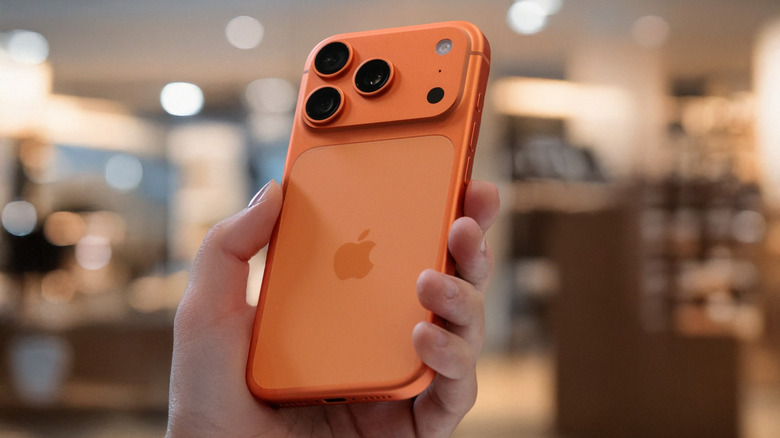Android Vs. iPhone - Which Is Better For Older Users?
The debate between Android and iPhone is never-ending. Even while iOS 26 gains features that Android users already have, and as some Android phones are becoming more like iPhones, deciding between the two can still be difficult. For folks who are older, both can be solid options, but there are some key reasons to pick one over the other.
Depending on what model you get, both the iPhone and Android can have similar features. Either can be packed with the latest and greatest technology, including highly impressive cameras, software features, and the like, but there are things to consider when a person's age plays a factor. If cost is no issue, then the iPhone is going to be great for its uniform operating system (OS), ease of use, and accessibility features. While Android phones also have accessibility features, the fact that certain models can be inexpensive is a big positive.
Before buying anything, consider what you or someone you know plans on using it for, as well as how often it will be used. While the world of Android can offer far more than the iPhone in terms of options, the iPhone may be easier to use overall. It's also a good idea to stick with the OS and user interface (UI) that you may be used to. Considering the cost of a new smartphone can get pricey, doing your research before making a purchasing decision can be a great way to make sure you get the best device for your needs.
Pros and cons of choosing an iPhone
With the iPhone being one of the most popular smartphones in the world, there are a number of reasons why it can be a solid choice for older users. One of the top reasons would be the uniformity of its operating system, iOS, along with it arguably being easier to use. The iPhone is a good choice for those who may need lots of instructions. While an iOS update may change where certain items are located, the general iPhone experience roughly stays the same.
A big positive for the iPhone is the number of accessibility features iOS provides. The features found in an iPhone can help those with low vision, thanks to items like making the text larger, screen zooming, and even adjusting the colors of the display for strained eyes. This doesn't even consider the additional accessibility features for the iPhone that can help those with hearing, mobility, speech, and cognition issues.
That being said, there is one major downside to an iPhone, and that's price. While prices for the iPhone 17 start at $799, this can be a rather hefty investment depending on the intended use. Some options can lower the cost, like opting for the iPhone 16e or getting an Apple-certified refurbished iPhone, although these come with their own tradeoffs. Outside of the price, the iPhone is a solid choice for being easy to use, highly accessible, and packed with features.
Pros and cons of going with an Android phone
On the Android side of things, Google is no slouch when it comes to adding its own accessibility features, which again can be incredibly helpful, if not vital, for those that need them. Going with an official Google phone, such as the Google Pixel 10, ensures you get access to features like a screen reader with TalkBack, the ability to change the display fonts, captions, audio options, and more.
While Google does provide a good amount of accessibility items, this does bring us to one drawback about going with Android, and that's the fact that it's not that uniform in terms of the OS. Android being open source allows other companies to develop their own flavor of the operating system, complete with a custom UI. This is great for giving consumers different choices and options when buying a new phone, but if purchasing a phone for an older person or for yourself, it may be more difficult to give and receive specific instructions on how to navigate it.
On the flipside, there is a wider variety of options available, with several of them being cheaper alternatives to the Google Pixel 10. It may require a little bit more research on your end, but in theory, finding a cheaper Android phone is far easier than finding a cheap iPhone. So while an Android phone potentially has a higher learning curve, the cheaper price may help justify the experience.


